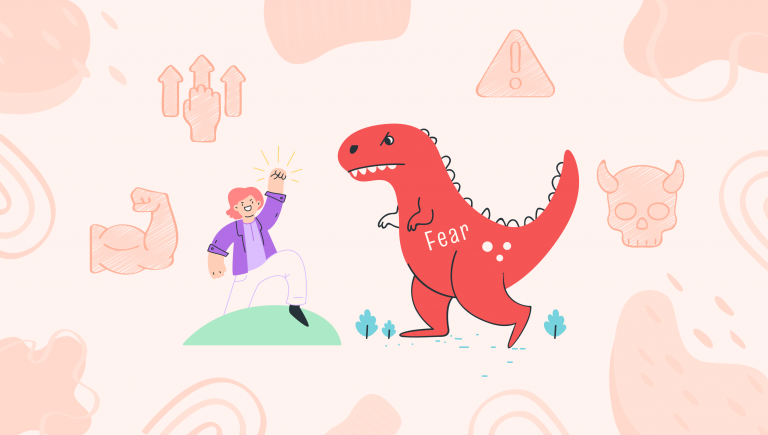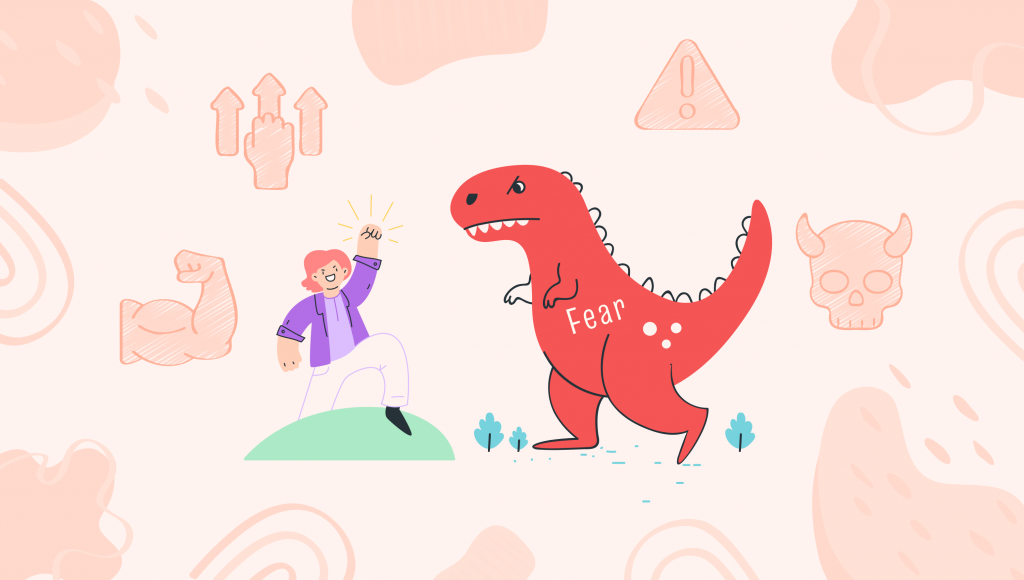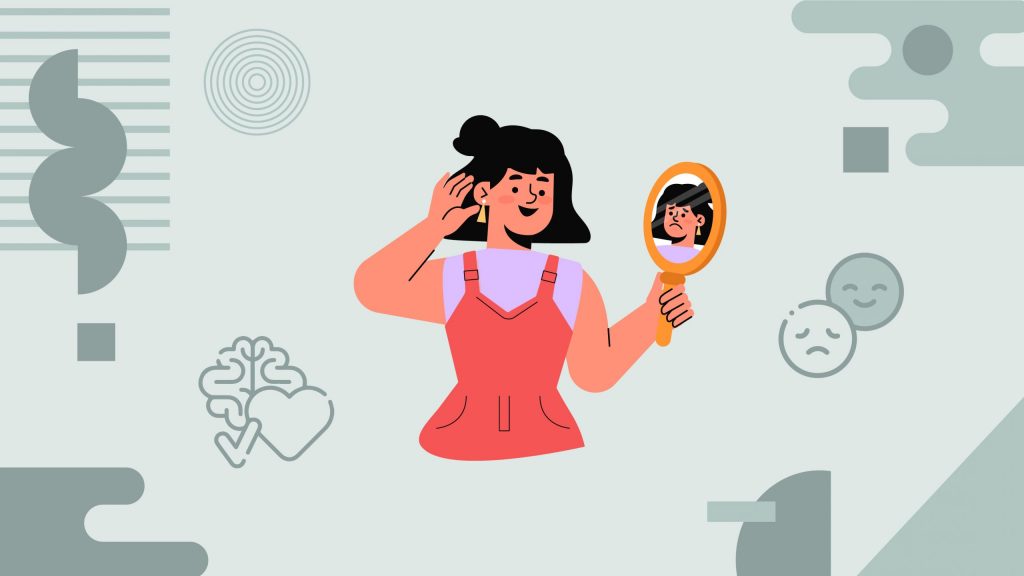The Fear Frontier
We’ve all got that invisible line in the sand, the edge of our comfort zone, where fear starts whispering (or sometimes shouting) all sorts of warnings and what-ifs. It’s our own personal boundary that cages us in, often dictating how far we’ll go in chasing our dreams or tackling new challenges.
Whether it’s the fear of flopping, being turned down, shifting gears, or even knocking it out of the park, these fears have a sneaky way of steering the wheel, affecting the paths we choose and the moves we make in the grand game of life.
The Anatomy of Fear
Unpacking the anatomy of fear involves delving into our brain’s response to perceived threats or dangers. When we encounter something frightening, the amygdala, an area of the brain that processes emotions, is activated and triggers a cascade of physiological responses.
This includes the release of stress hormones like adrenaline and cortisol, preparing our body for a ‘fight or flight’ response. Our heart rate increases, muscles tense, and attention narrows, all priming us to deal with the threat.
However, when fear becomes overwhelming or irrational, it can paralyze decision-making and action, trapping us in a cycle of avoidance and anxiety.
Moreover, fear isn’t just a solitary reaction but can be influenced by social and environmental factors. Our past experiences, cultural background, and observed behaviors from others can all shape how we perceive and react to fear.
For instance, a traumatic event can heighten the amygdala’s sensitivity to similar situations in the future, leading to heightened fear responses even in safe contexts.
Additionally, the brain’s neuroplasticity means that repeated exposure to fear-inducing situations can reinforce the fear response, making it more automatic and harder to control. However, this plasticity also provides a pathway for overcoming fears, as new, positive experiences can help rewire the brain to reduce the fear response over time.
Understanding this complex web of neural activities and influences is crucial for developing effective strategies to manage and mitigate fear.
Charting the Path Through Fear
To navigate through the landscapes of fear and emerge stronger, consider the following strategies:
- Identify and Acknowledge Your Fears: Start by recognizing what scares you and understanding that fear is a natural response to uncertainty or potential danger.
- Educate Yourself: Knowledge is power. Often, fear stems from the unknown. Researching and learning more about what frightens you can demystify the threat and reduce the fear associated with it.
- Gradual Exposure: Face your fears in small, manageable steps. If public speaking terrifies you, begin by speaking in front of a mirror, then to a small group of friends, gradually working your way up to larger audiences.
- Mindfulness and Relaxation Techniques: Practices like deep breathing, meditation, or yoga can help calm the mind and reduce the physical symptoms of fear.
- Seek Support: Talking to friends, family, or a therapist about your fears can provide comfort, insights, and strategies for overcoming them.
Subscribe to newsletter
Get your Gut Health Starter Guide right now.
Elevate your Tuesdays with practical, science-backed wisdom propelling you forward on your gut health journey.

Triumph Over Terror
Sophia’s artistic journey was a solitary one, spent in the quiet corners of her studio, where she poured her soul onto canvas, hidden from the world’s eyes. Fear of judgment and rejection had built a wall between her creations and potential admirers.
Her vibrant landscapes and stirring portraits remained unseen, with her dread of public criticism casting a shadow over her natural talent.
One chilly autumn evening, as Sophia lingered over her latest piece, a blend of fiery reds and calming blues, she realized her art deserved an audience.
The desire to break free from the shackles of fear sparked a courageous decision to step into the light.
“Deciding to face my fear was like stepping out of a shadow. Initially, the thought of others critiquing my work was terrifying. But I knew I had to start somewhere if I ever wanted to overcome this fear. So, I chose the anonymity of the online world to test the waters. Each positive comment on my artwork was a ray of encouragement, slowly dissolving the barrier of fear I had built around myself.
As I gained more positive feedback, I felt a burgeoning confidence. This led me to the next big step: entering my work in local art exhibitions. The first time I stood beside my paintings, ready to face the public, my heart raced with apprehension.
But as people started to engage, asking about my techniques and the stories behind the paintings, my fear began to fade, replaced by a growing sense of pride and accomplishment.
Now, art shows have become exhilarating experiences for me. I relish the interactions, the critiques, and even the occasional disapproval, as they contribute to my growth as an artist. Overcoming my fear didn’t just open up my career; it liberated my entire being, allowing me to express myself fully and connect with others on a profound level.”


















